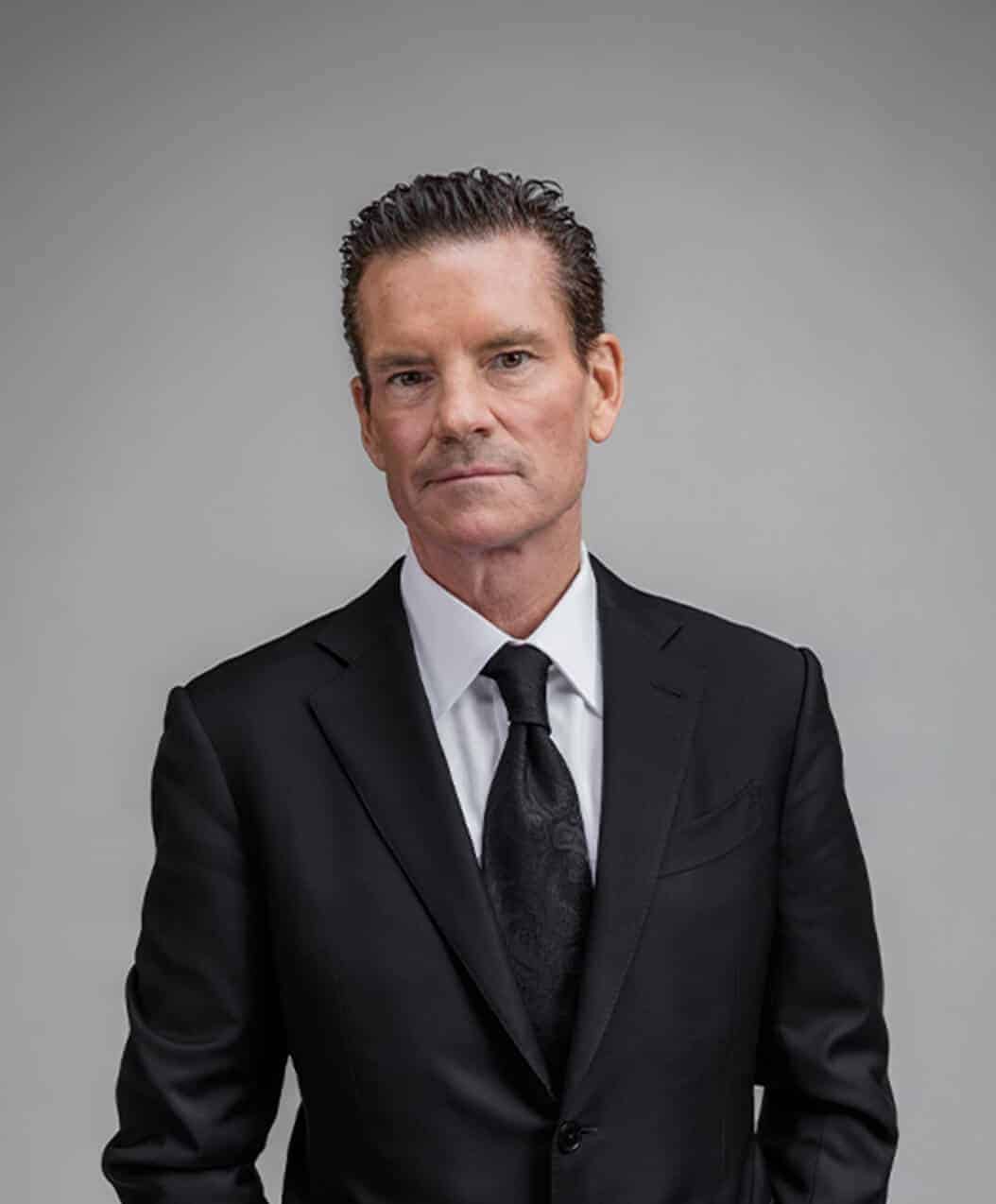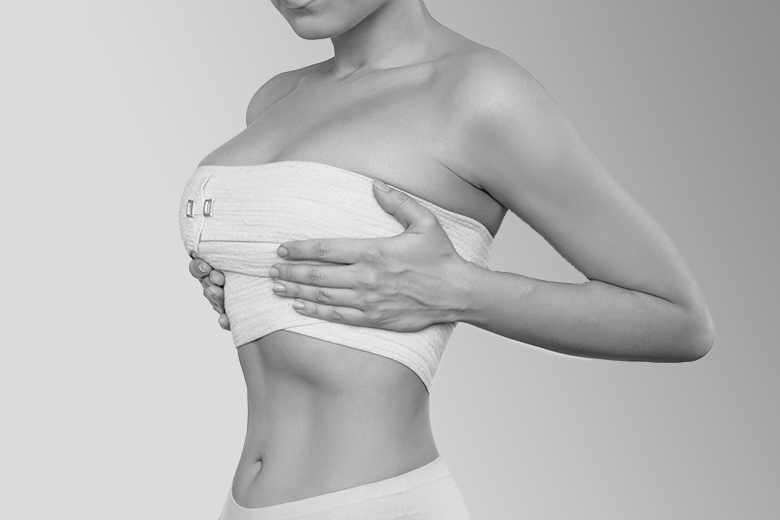June 25th, 2025
Dr. Mulholland, Md
Overview
A crooked nose is a term given to a nose that doesn’t follow a straight line down the centre of the face.
The nose’s prominence and position on the face plays an important role in facial symmetry – a crucial factor in ‘natural beauty’. When a nose is crooked – whether a subtle deviation or one more dramatic – it offsets facial symmetry and negatively impacts one’s appearance and nasal-facial balance.
While improving physical appearance is the main goal for most resolving a crooked nose, crookedness can also cause nasal obstruction, limiting the amount of airflow which subsequently causes breathing difficulties. Often there is a functional (improved breathing) as well as cosmetic, improved facial balance and appearance, in correcting a crooked nose. TPS offers both female and male rhinoplasty to correct your concerns so you can put your best face forward.
What Is a Crooked Nose?
Rather than forming a vertical, symmetrical line down the face, a crooked nose has a degree of curvature to one side off the facial midline. The severity of the crooked nose varies from person to person; for some, the malalignment is barely noticeable, but for others, a crooked nose is a prominent facial feature that draws unwanted attention.
In addition to being a visual imperfection, a crooked nose can cause breathing problems. It’s estimated that about 80% of people struggle with breathing issues due to a crooked or deviated septum. The septum is operating upon as well during the repair of a crooked nose, a procedure called a septoplasty and is included as part of your rhinoplasty.
What Causes a Crooked Nose?
A crooked nose can be developmental (usually hereditary) or caused by an accident or previous surgery.
Most commonly, a crooked nose is the result of a deviated septum, the thin wall of tissues and cartilage that separates the two nasal passages. A deviated septum is extremely common but, in severe circumstances, as the septum grows in one direction or the other, it can drag the whole nose with it and it can impact the appearance of the nose to the point it appears crooked.
Although most people develop some degree deviated septum, it is minor and does result in the nose becoming crooked. A crooked nose can also occur through injury.
Crooked noses caused by trauma are the result of a force that causes nasal bone fracture(s) and displacement, as well as a traumatic deviation of the septum. Because of the nose’s central location on the face, it can be particularly susceptible to injury that disrupts the nasal structure.
How Can I Fix a Crooked Nose?
Treatment for a crooked nose depends on the type and severity. There isn’t a one-size-fits-all approach to resolving a crooked nose. Instead, there are several effective treatment options, both surgical and non-surgical. Completely correcting a long time crooked nose can be difficult, as there is a strong tendency for the nasal cartilages and septal cartilage to want to bend back towards their original shape. Experience and complex structurally supportive grafting techniques are required to optimize the outcome.
To ensure the right option is chosen, patients need to understand the cause and specifics of their crooked nose. The best way to do so is to have a consultation with a skilled cosmetic surgeon who will advise the best course of treatment.
1) Rhinoplasty
Rhinoplasty, also known as a nose job, is a cosmetic surgery procedure that alters the shape, size, symmetry of the nose, as well as straightening a “crooked nose”. The procedure is divided into two parts: cosmetic and functional.
The cosmetic part of the surgery focuses on the visual parts of the nose, enhancing the appearance, and the functional part is performed to correct nasal function and resolve breathing difficulties. Often, the two parts are used together and improve appearance and function.
2) Septoplasty
Septoplasty is a procedure that straightens the nose by reshaping the septum wall between your nasal passages. If the crooked nose is an extension of a deviated septum, a septoplasty is likely to be your surgeon’s recommendation.
The Difficulties of Correcting a Crooked Nose
As already outlined, straightening a crooked nose is one of the most challenging nasal treatments. There are two main factors that make the treatment better suited to a surgeon with exceptional skill and experience in the area.
Firstly, deviated cartilage and bone have a degree of memory that can lead to the nose moving to revert to its pre-surgery position. The nose might be straight immediately after surgery, but after a few weeks or months, the cartilage sometimes tries to move back.
Similarly, finding the ideal alignment for the nose’s new position is an important yet difficult task. Most patients have other facial asymmetries which makes achieving a straight nose more problematic. Complex grafting techniques to provide structural support and stability to the straightened septum and nose are required.
The difficulties are why it is crucial for those looking to straighten their crooked nose to use a specialist surgeon.



